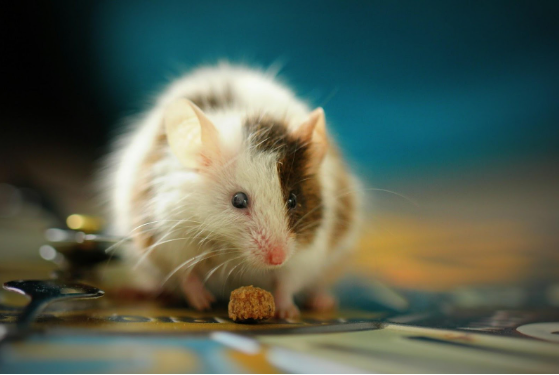Pest Control for Tiny Homes: How to Address Pest Problems Throughout the Year

Tiny homes, with their compact and efficient designs, offer a minimalist lifestyle that’s both eco-friendly and economical. However, these benefits come with unique challenges, especially when it comes to pest control. The small space in a tiny home means that a minor pest issue can quickly become a significant problem. Unlike traditional homes, tiny homes have limited areas where pests can hide, but they also have less space for pest control measures. Understanding these unique challenges is the first step in addressing pest problems effectively throughout the year.
When to Call in the Experts
Despite the best preventative measures, there are times when professional pest control is necessary. If a pest infestation is beyond what can be managed with DIY methods, or if the pests pose health risks, it’s time to call in the experts. Professional pest control companies have the tools and knowledge to effectively deal with infestations. Whether we are talking about pest control in Stockbridge, MA, or in any other place, these professionals can also offer advice on long-term prevention strategies tailored to the unique environment of a tiny home. Regular inspections by professionals can also catch potential issues before they become serious problems.
Preventative Measures: Keeping Pests Out
The best way to handle pest problems in a tiny home is to prevent them from occurring in the first place. Sealing all entry points is crucial; this includes gaps around windows and doors, cracks in the walls, and any other potential entry points. Regularly inspecting and maintaining these seals can go a long way in keeping pests out. Additionally, keeping the tiny home clean and free of food debris will reduce the attraction for pests. Using natural deterrents like essential oils (peppermint, lavender, and eucalyptus) can also help in creating an environment that is less inviting to pests.
Seasonal Pest Control Strategies
Different seasons bring different pest challenges. In the spring and summer, tiny homes are more likely to encounter ants, spiders, and mosquitoes. Installing screens on windows and doors can help keep these pests out while allowing for ventilation. Fall and winter, on the other hand, often bring rodents seeking warmth. Ensuring that there are no gaps in the foundation and that storage areas are kept clean and organized can help prevent infestations. Seasonal pest control strategies should be adjusted to address the specific pests that are most active during each time of the year.
Natural and Eco-Friendly Pest Control Solutions
Living in a tiny home often aligns with a desire for a more sustainable lifestyle. Therefore, many tiny homeowners prefer natural and eco-friendly pest control solutions. Diatomaceous earth is a natural powder that can be used to control insects like ants and bedbugs. It is safe for humans and pets but deadly for pests. Vinegar and essential oils can be used to create natural sprays that deter insects. For rodents, humane traps that capture without killing are a more ethical choice. Integrating these natural solutions can help manage pest problems without relying on harsh chemicals.
Maintaining a Pest-Free Tiny Home Year-Round
Maintaining a pest-free tiny home requires vigilance and regular maintenance. This includes routine cleaning, inspecting for potential entry points, and using preventative measures consistently. Staying informed about the types of pests that are prevalent in your area and the seasons they are most active can also help in preparing and implementing effective control strategies. By combining natural solutions with professional advice and staying proactive, tiny homeowners can enjoy their compact living space without the intrusion of pests.
Living in a tiny home offers many benefits, but it also requires a strategic approach to pest control. By understanding the unique challenges, implementing preventative measures, using natural solutions, and knowing when to call in professionals, tiny homeowners can effectively address pest problems throughout the year, ensuring their living space remains comfortable and pest-free.






